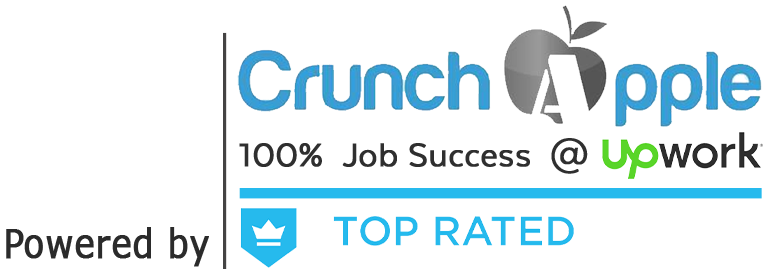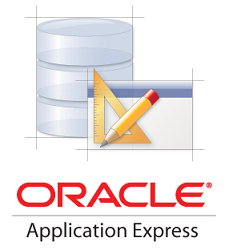What is Oracle APEX, Pros and Cons of Oracle Apex.
Oracle (APEX) Application Express is a free low-code development platform that enables quickly develop a database-drive application, customize the application’s UI, and then give their users access to the application via URL. Oracle APEX includes a suite of pre-built productivity applications and examples, such as a Survey Builder, Bug Tracking, P-Track project management, etc
Oracle Apex Pros:
- User Interface is very flexible and easy to use, and you can choose from a number of templates for each “screen” you design.
- You can design basic data entry screens without knowing the “details” (technology) under the hood.
- It’s easy to manage and test. Just one click, and the page you are working on is executed.
- Oracle Application Express is tightly integrated with and thus leverages all the richness and power of the Oracle database – best RDBMS on the planet.
- Promotes declarative Rapid Application Development and thus provides tremendous business value by shortening development cycles.
- Ideal for quick prototyping
- Ideal for quick amendments and enlargements
- Numerous types of pages/regions (forms, lists, reports, diagrams)
- Oracle JET integration
- REST
- Optional Jasper Reports integration (not OOTB)
- Runs on all devices.
- The only languages you need to know are SQL and PL/SQL. Some JavaScript and CSS knowledge might be handy but not strictly necessary.
Oracle Apex Cons:
- Deployment on an local Server is not so simple. You need to follow many steps (that’s why I used the Cloud version!).
- Requires Oracle RDBMS; i.e., is not portable to other RDBMS platforms. On the surface this may seem like a con but it is as it should be – Oracle database is best RDBMS available and tight integration with Oracle RDBMS promotes creation of reliable performant apps.
- Printing in good shape not so easy. No built in printing solution for reports. More versatility required especially with the display of reports in Mobile.
- Diagrams, charts need more detailed explanation concerning the SQL queries needed (examples).
- When you have an highly customized application upgrading can be a pain.
- Single page applications are hard to build.
- The interactive grid has great potential, but there’s a lot of work to be done.
- The interactive reports and interactive grid should share the same jet charts.
- Easier integration of JET into APEX.
- Reporting – you have to use a certain code to run reports, and the reports will fail if you don’t use the proper coding when requesting them.
- The interactive grid would have easier navigation using the same principles as in interactive reports (filtering) when you navigate from page to page.
- Version control must be done in a separate tool like Subversion.



